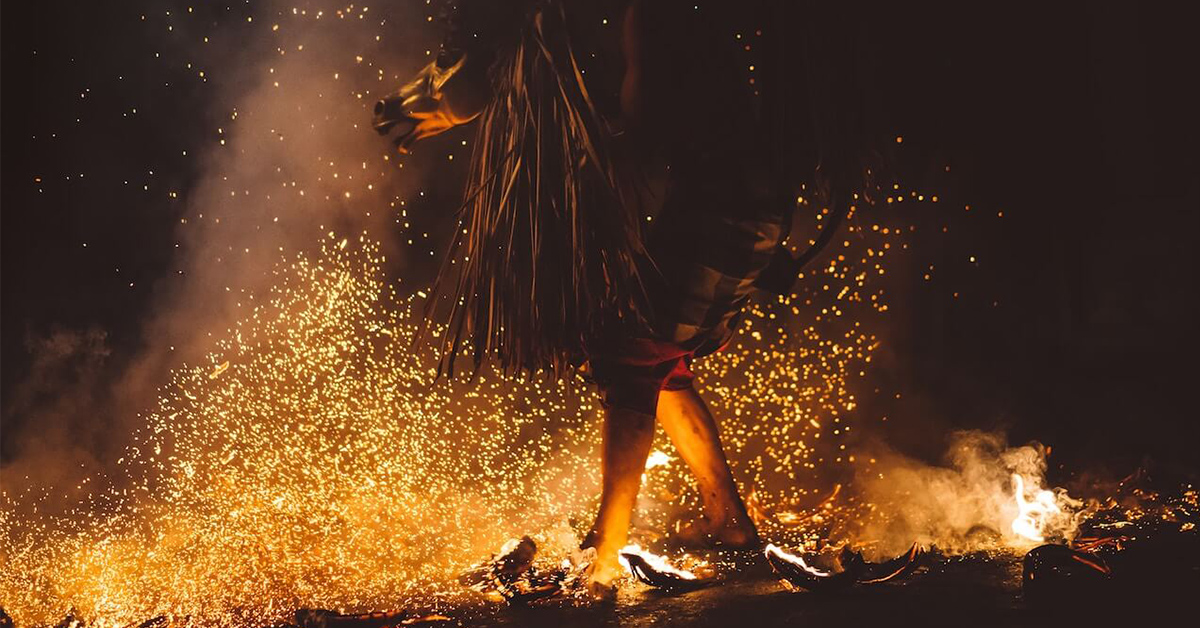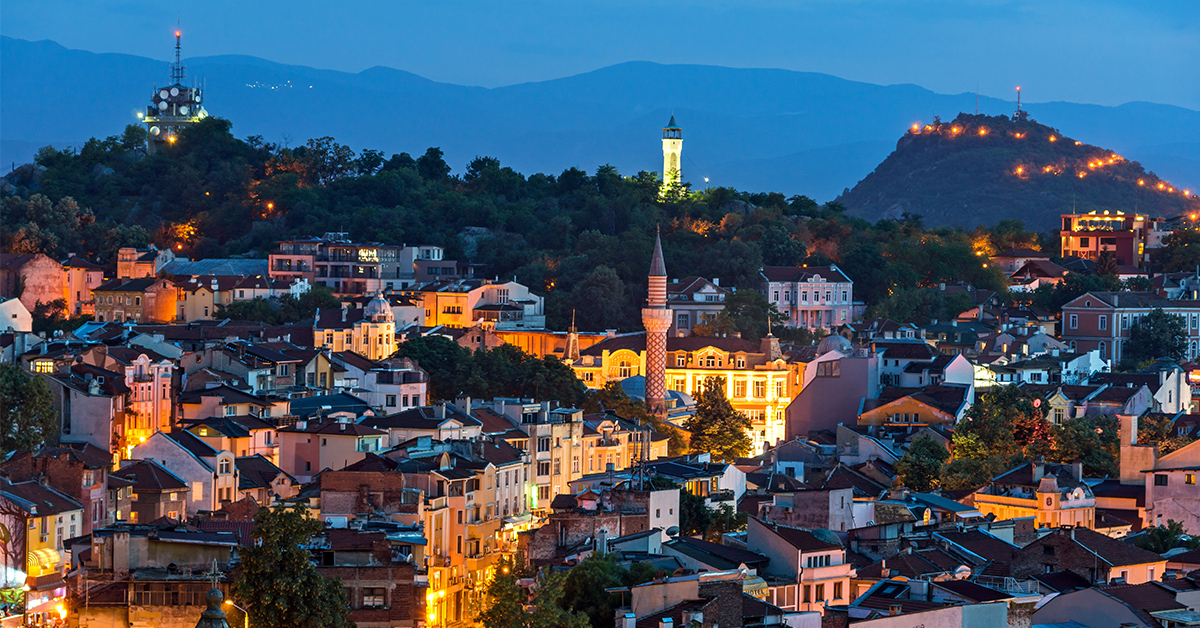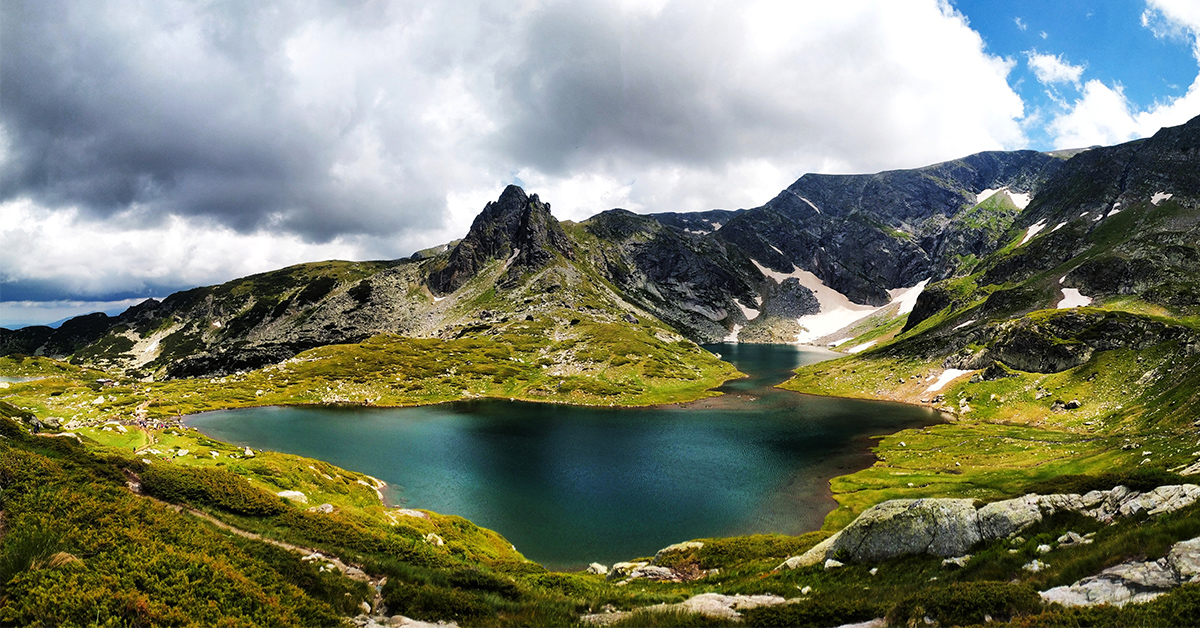10 UNESCO World Heritage Sites You Can Only See In Bulgaria
If you’ve heard about UNESCO you’d know that they are all about preserving the unique and incredible heritage of our planet. Some of the world’s most famous sites such as Machu Picchu in Peru and the pyramids of Giza in Egypt fall under the protection of UNESCO. In this article, we’ve listed 10 UNESCO World Heritage sites in Bulgaria – hope you enjoy them!
1/ Boyana Church: Bulgarian medieval Orthodox church (149 km from Plovdiv)
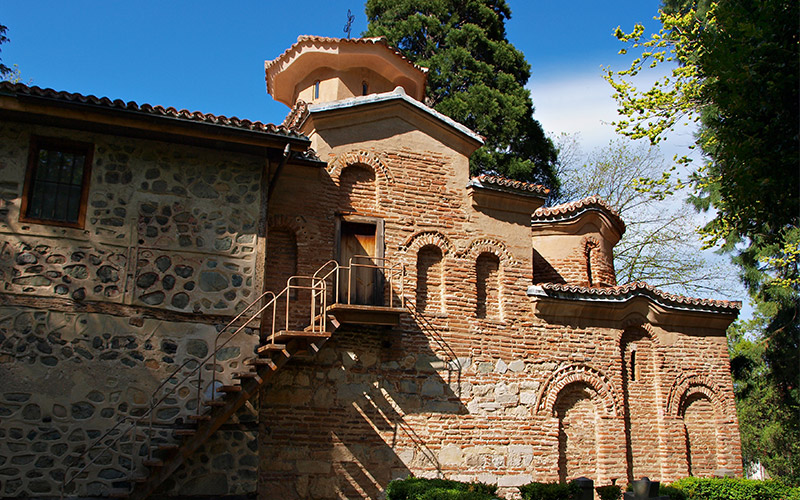
The Boyana Church is a medieval Bulgarian Orthodox church in the Boyana village, near Sofia. The church is a cultural monument under UNESCO protection, inscribed in the World Heritage List in 1979. So what makes it so unique? This site is one of the most completely and perfectly preserved monuments of east European medieval art. The frescoes painted in 1259 are amongst the most interesting things to see there.
Interesting fact: St. Nicholas – known as the patron saint of sailors, merchants, and bankers – is one of the patron saints of this church, and many of the frescoes depict scenes from his life, including The Miracle at Sea.
2/ Madara Rider: an early medieval large rock relief carved on the Madara Plateau (304 km from Plovdiv)
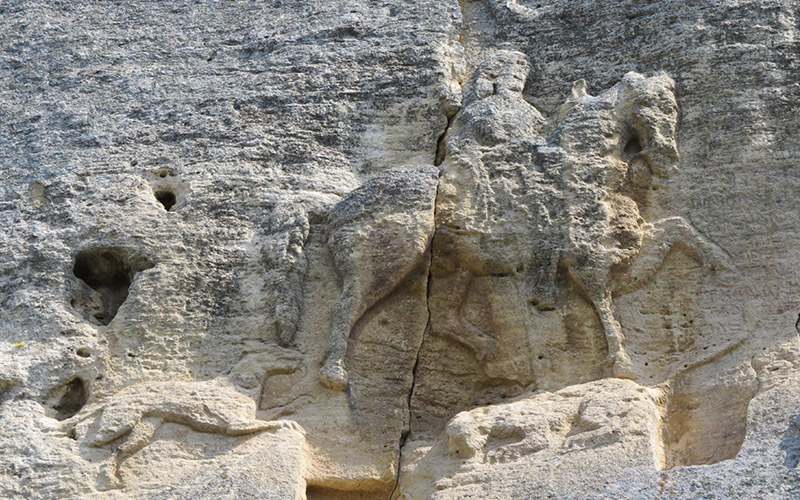
The Madara Rider is a unique relief and an incredible work of art. It was created during the first years of the formation of the Bulgarian State, beginning of the 8th century. It’s the only relief of its kind, having no parallel in Europe, and it has survived in its authentic state! Amazing, right?
So what exactly is the Madara rider? The impressive rock relief represents the figure of a knight on his horse while killing what appears to be a lion. What’s really interesting about this piece of early Bulgarian sculpture is how it was carved into a 100-metre high cliff! It’s located near the village of Madara. This village was once the principal sacred place of the First Bulgarian Empire, before Bulgaria’s conversion to Christianity in the 9th century.
The relief image of the Madara rider is a national symbol and can be found on the back of every Bulgarian coin.
3/ Rock-hewn churches of Ivanovo: monolithic churches, chapels and monasteries hewn out of solid rock (304 km from Plovdiv)
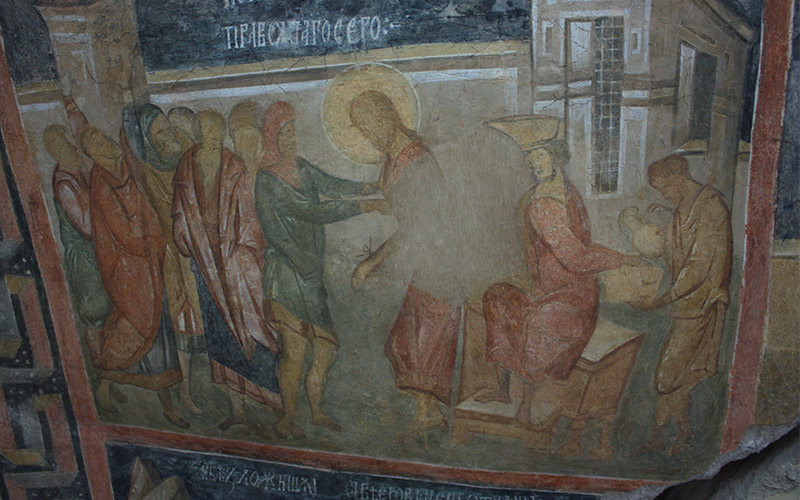
This unique group of monolithic churches, chapels and monasteries in solid rock are completely different from any other monastery complex in Bulgaria! Located near the village of Ivanovo near Rousse, this incredible complex was home to the religious hermits (Hesychasts) in the 14th century. The religious murals and medieval graffiti create a really unique atmosphere along with the surrounding scenery and river. The frescoes inside? They are so stunning and well preserved, that they were included in the UNESCO World Heritage List in 1979.
4/ Thracian tomb of Kazanlak: ancient tomb, part of a large Thracian necropolis (105 km from Plovdiv)
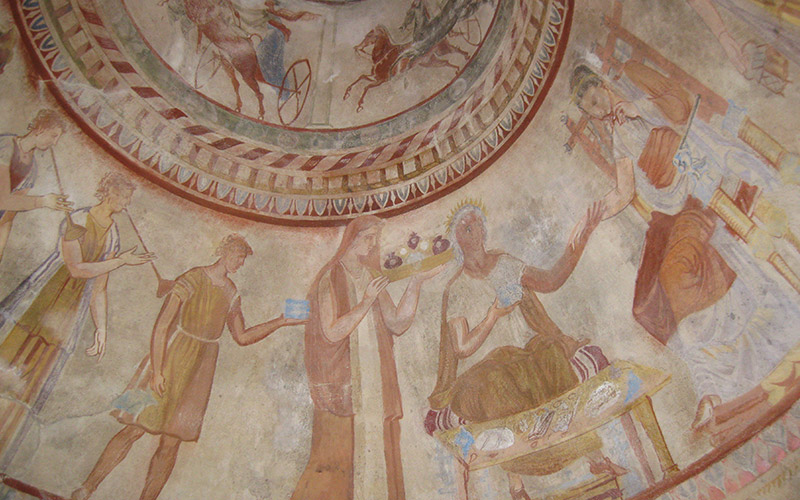
The Thracians were one of the earliest civilizations to inhabit the lands of modern Bulgaria. The Thracian tomb of Kazanlak is a unique aesthetic and artistic work, a masterpiece of the Thracian creative spirit. This monument is the only one of its kind anywhere in the world, it’s certainly worth seeing! The frescoes are incredibly well preserved and the original condition of the structure stands as proof of the remarkable evolution and advancement of the Thracian culture.
The best features of the tomb are no doubt the absolutely fantastic mural paintings dating to the 4th century BC. Very detailed and richly coloured frescoes of horsemen, aristocrats and noblewomen cover the interior of the burial chamber. What’s even more interesting, tourists can only visit the nearby replica of the tomb – the original is not functioning for visitors due to the fragile state of the frescoes.
5/ The ancient city of Nessebar: the ancient part of the town, situated on a peninsula (284 km from Plovdiv)
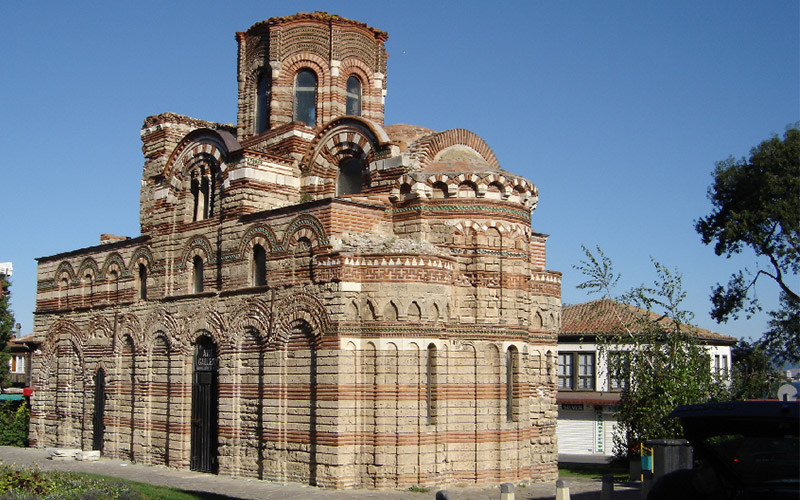
Nessebar is an ancient city as well as a major seaside resort on the Bulgarian Black Sea Coast. Although nowadays it’s a popular holiday spot for tourists, Nessebar was originally a Thracian settlement and is over 3000 years old!
At the beginning of the 6th century BC, the city was a Greek colony. The city’s remains date mostly from the Hellenistic period and include an acropolis, temple of Apollo, an agora and a wall from the Thracian fortifications. Because of the many historical sites and buildings in Nessebar, UNESCO included it in its list of World Heritage Sites in 1983.
The small city consists of two parts separated by a narrow man-made isthmus with the ancient part of the settlement on the peninsula (previously an island), and the more modern section (i.e. hotels, later development) on the mainland side.
6/ Rila Monastery: medieval monastery, one of the region’s most significant cultural, historical and architectural monuments (272 km from Plovdiv)
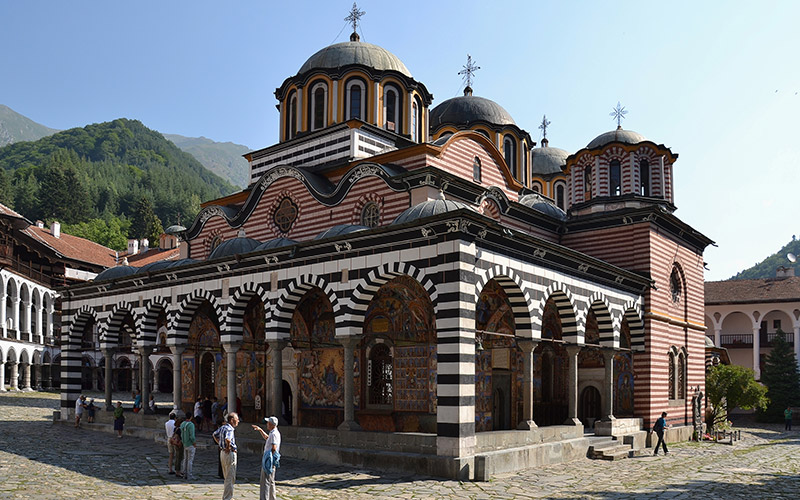
The Rila Monastery is the most important spiritual and literary centre of the Bulgarian National Revival, with an uninterrupted history from the Middle Ages until present times. It’s also the largest Eastern Orthodox monastery in Bulgaria, situated in the southwestern Rila Mountains. The monastery bears the name of its founder, the hermit Ivan of Rila (876 – 946 AD), and houses around 60 monks.
So how does something so incredible come to be? Well, it has a lot to do with the spirit of the Bulgarian people and their attempt to preserve their culture through many centuries of invasion and turbulent times. Faith has always been a powerful unifier in Bulgaria which is why ever since its creation, the Rila Monastery has been supported, funded and respected by the Bulgarian rulers. The monastery was destroyed and rebuilt several times over the centuries with the help and donations of wealthy Bulgarian people. The monastery complex was declared a National Historical Monument in 1976 and became a UNESCO World Heritage Site in 1983. It’s regarded as one of the foremost masterpieces of Bulgarian National Revival architecture.
7/ Thracian tomb of Sveshtari: a Thracian tomb dating back to 3rd century BC (362 km from Plovdiv)
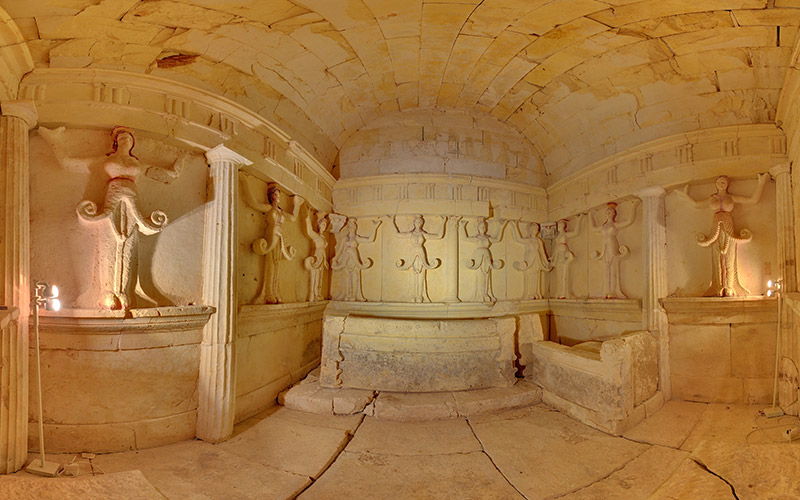
The Tomb of Sveshtari is an ancient royal burial site with rich sculptural decoration. The tomb itself dates back to the 3rd century BC and was used as the burial place for a wealthy ruler of the Getae tribe who was buried there with all his five horses! The Thracians used rich burial methods, burying the higher members of society with a lot of gold. Two great examples of this are the Panagyurishte Treasure (nine golden vessels with incredible decoration) and the Varna Necropolis (the oldest golden treasure in the world). Amazing, right?
The most impressive part of the tomb’s decoration are the 10 caryatids surrounding the burial chamber. These are columns in the forms of women whose lower body gradually takes the shape of a flower.
8/ Pirin National Park: an amazing Natural Reserve in the Pirin Mountains (165 km from Plovdiv)

The park spreads over an area of over 40,000 ha, at an altitude between 1008 and 2914 m. in the Pirin Mountains. It’s one of the three National Parks in the country, along Rila and Central Balkan National Parks.
The Pirin National Park is famous for its unique biodiversity and spectacular natural formations. It’s a very important piece of natural heritage both for Bulgaria and the world, which is why the park is on the World Heritage List since 1983. The landscape of the Pirin Mountains is incredibly diverse. It includes an alpine area, dotted with many lakes (over 70 glacial lakes and a range of glacial landforms), many waterfalls, caves and forested mountain landscapes that show the unique fauna of the region. This is why there are so many species of endangered animals and plants living within the park.
What can you find there? Pirin’s natural coniferous forests include different types of pine trees. Together, these make 1,315 species of vascular plants which happens to be about one-third of Bulgaria’s flora! Amazing, right? The fauna of Pirin National Park also includes 45 mammal species, including brown bear, wolf and pine marten, and 159 bird species.
9/ Srebarna Nature Reserve: a nature reserve and lake on the Via Pontica bird migration route (416 km from Plovdiv)
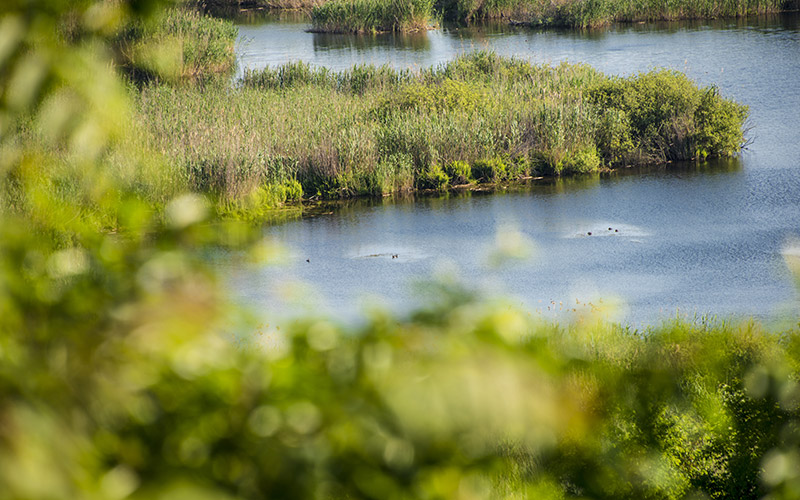
The Srebarna Nature Reserve is a freshwater lake close to the Danube and extending over 600 ha. Almost 100 species of birds breed here, many of which are rare or endangered. Some 80 other bird species migrate and seek refuge there every winter. Among the most interesting bird species are the Dalmatian pelican, great egret, night heron, purple heron, glossy ibis and white spoonbill. The area is a Nature Reserve since 1948 and a part of the UNESCO World Heritage List since 1983.
10/ Primeval Beech Forests of the Central Balkans: one of Europe’s most valuable beech forest complexes
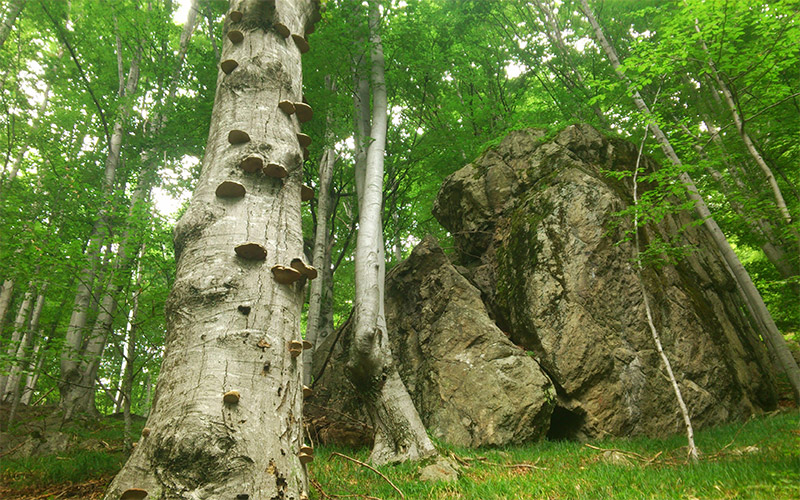
The Central Balkan National Park in Bulgaria is one of the largest protected areas in Europe – a category II protected area. The primeval beech forests of the park are amongst the most valuable natural assets on its territory. They are an important part of the European beech forests complex along with another 11 countries. They were added to the list of UNESCO World Heritage sites in 2017. This is yet another reminder of just how unique and amazing the nature in Bulgaria really is!
Now you know just how breathtaking and diverse the nature in Bulgaria can be. It’s almost as something out of a fairy tale, right? Certainly a place you must visit!



